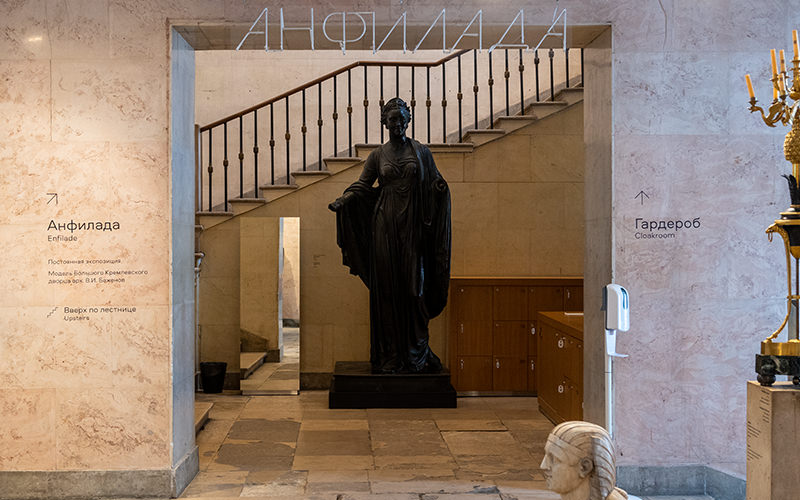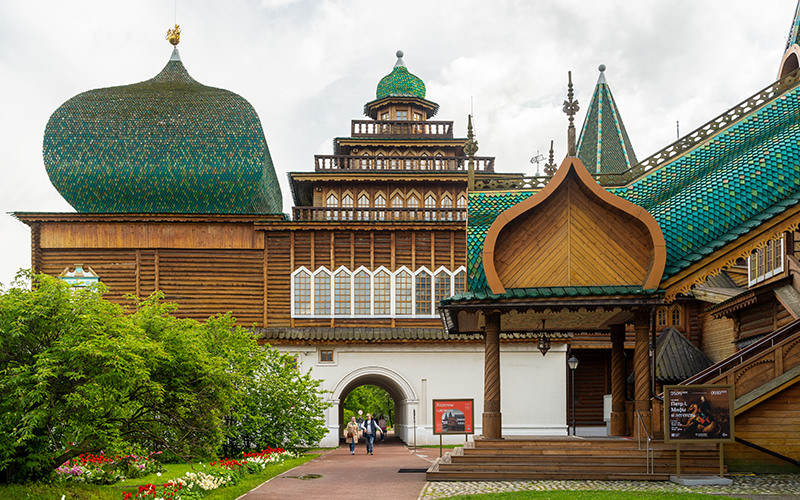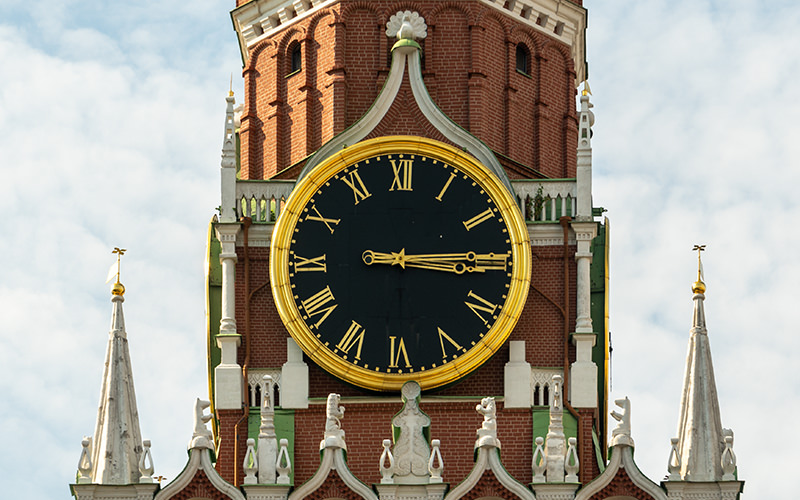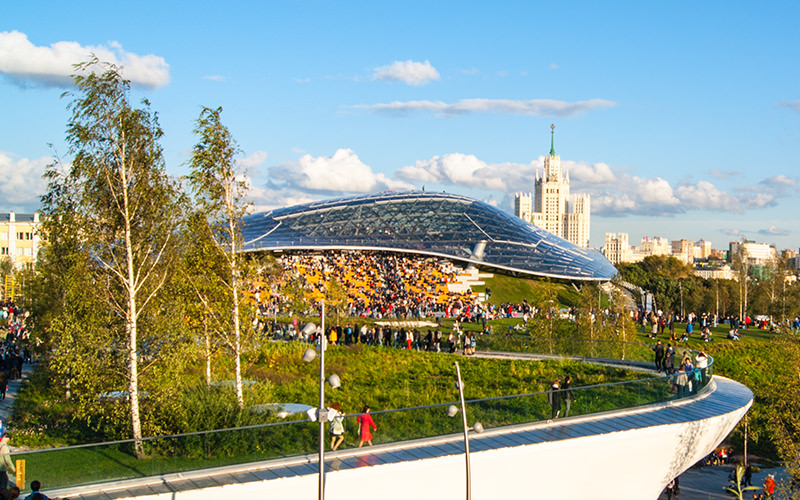Continuing our exploration of Moscow's attractions, the Red Square and the Moscow Kremlin undoubtedly rank among the most popular. Almost every tourist arriving in the capital, when getting acquainted with the notable sites of the Russian capital, first heads to take a few photos by the Spasskaya Tower and then goes on a tour of the Kremlin museums. Let's see what interesting things lie behind these ancient walls.
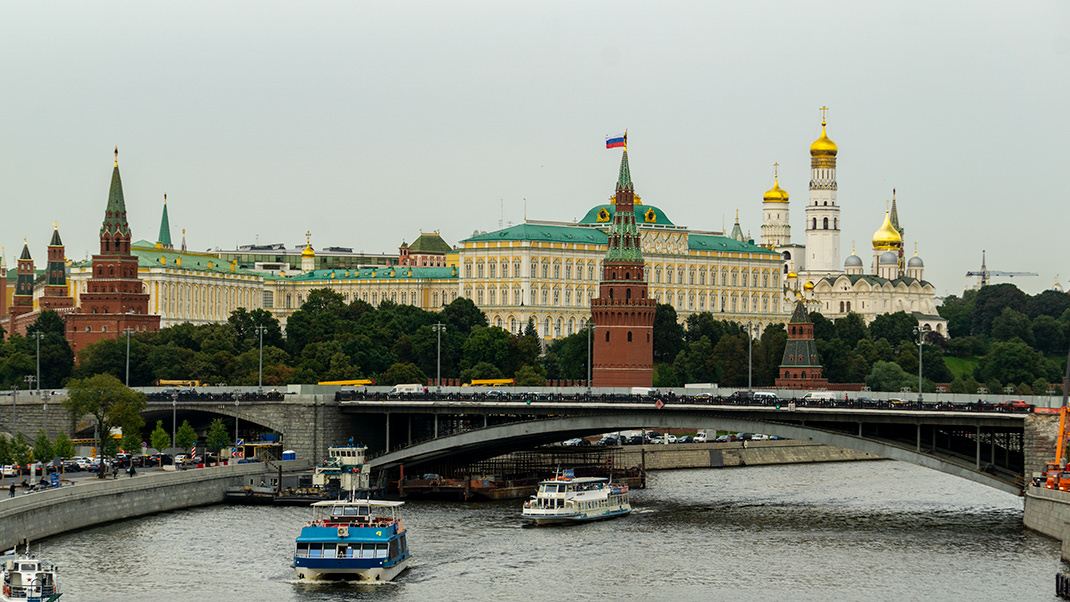

How to Get There by Metro
Two major Moscow Metro transfer hubs are located near the Kremlin: "Arbatskaya" — "Alexandrovsky Sad" — "Borovitskaya" — "Biblioteka Imeni Lenina" and "Ploshchad Revolyutsii" — "Teatralnaya" — "Okhotny Ryad." The walk from these stations to the museum entrance will take you just a few minutes.
The Kremlin ticket offices are located in the Alexander Garden. If you approach from the Tomb of the Unknown Soldier, the ticket pavilion will be on your left after you pass under the Trinity Bridge. You can also pay for the tour online on the Kremlin's official website. Entrance to the territory is through the Kutafya Tower.

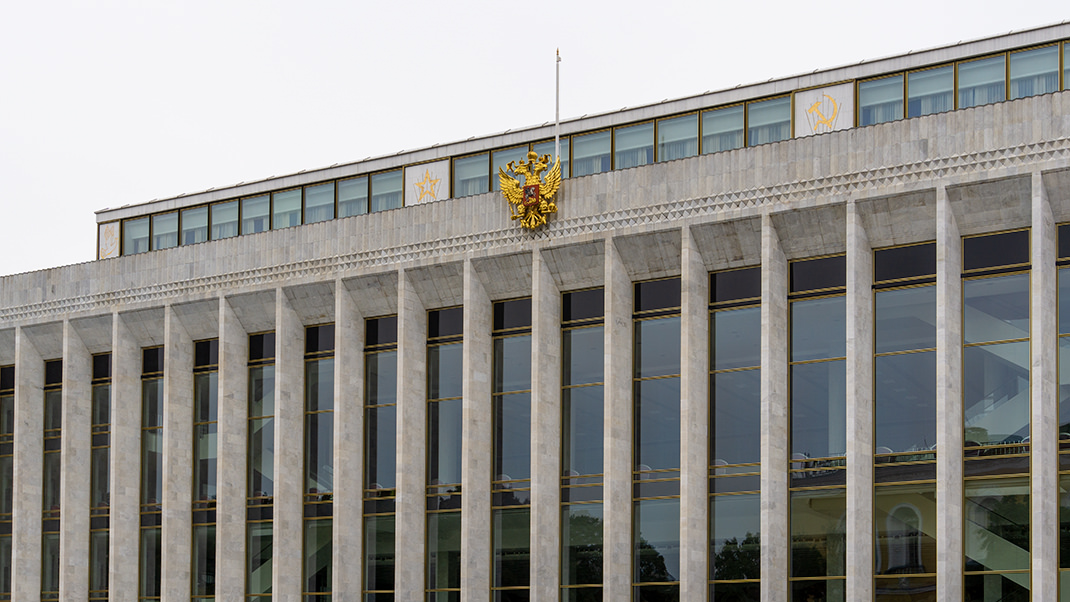
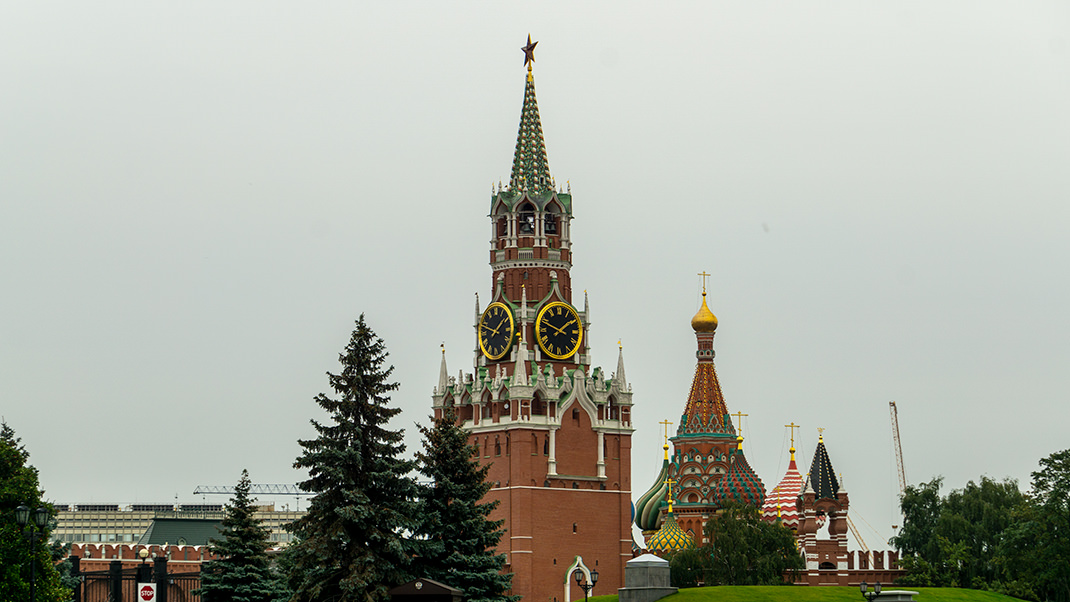
The tour bureau offers several routes through the Kremlin, including group tours with a guide and individual tours with self-guided visits to the cathedrals. I chose the latter. The adult entry ticket costs 700 rubles (as of September 2020). Another popular spot here is the Kremlin Armoury, which requires a separate ticket priced at 1,000 rubles. The museum is closed on Thursdays.

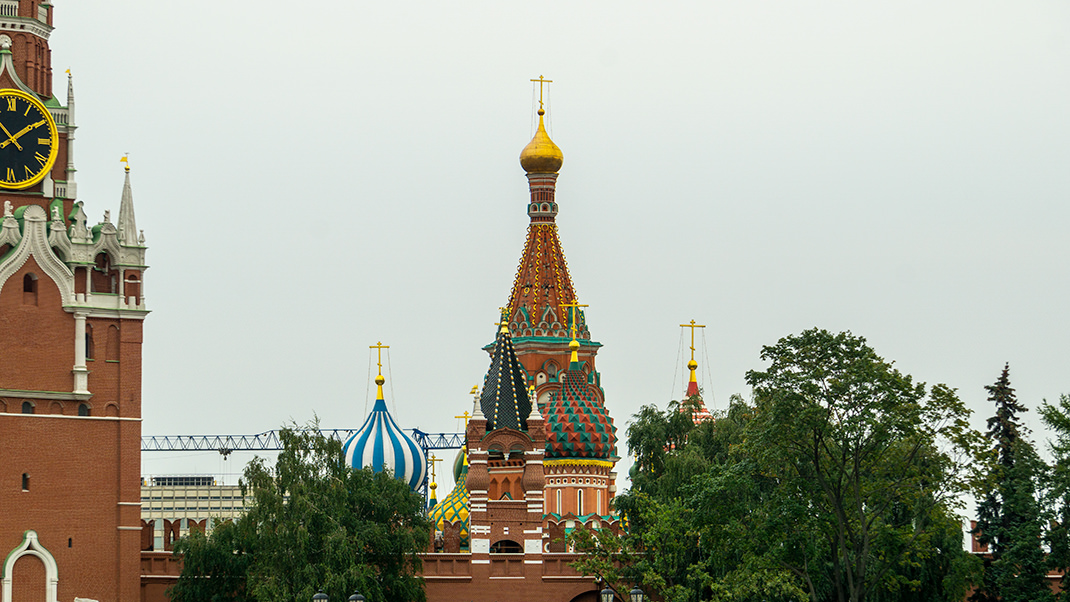
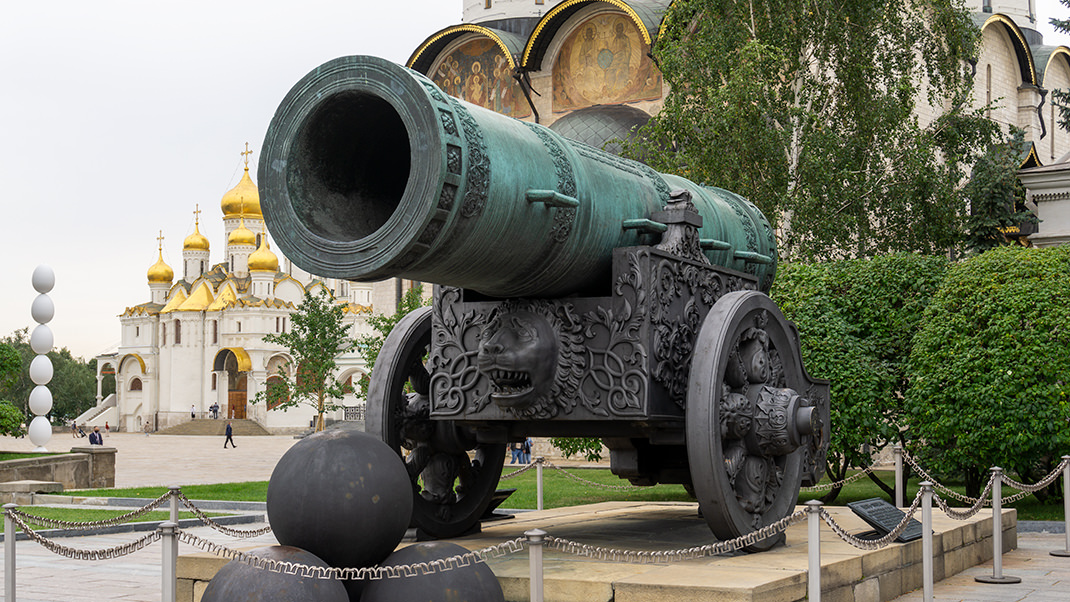
A Bit of History
Although Moscow recently celebrated its 873rd anniversary, archaeologists trace the first human settlements on Borovitsky Hill, where the Kremlin now stands, back to the 2nd millennium BC. The wooden fortress on this site was founded by Prince Yuri Dolgoruky in 1156. Throughout the 12th and 13th centuries, the structure was repeatedly destroyed and rebuilt.
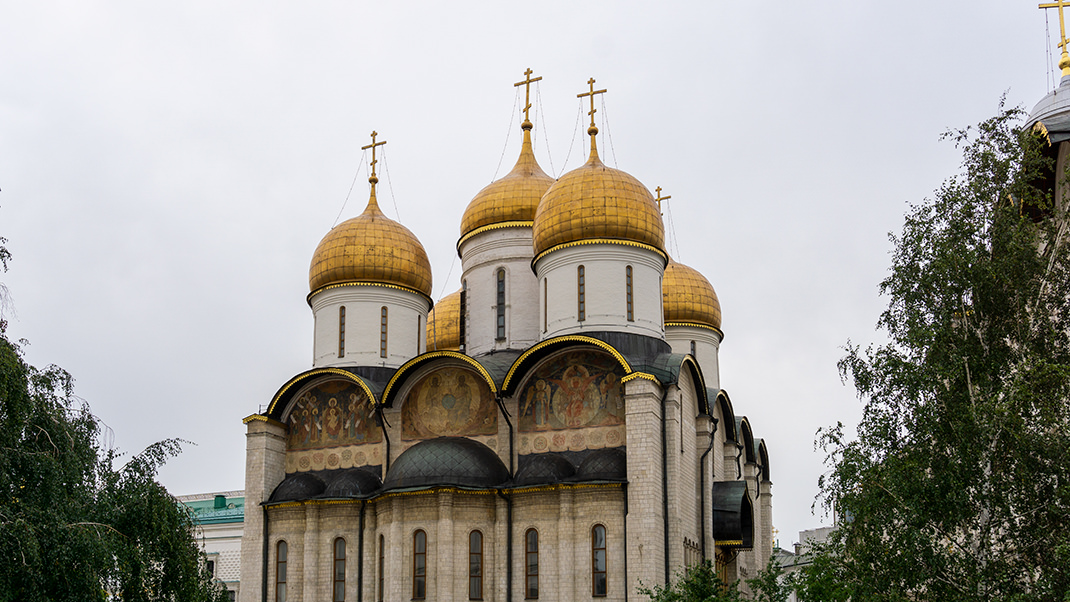


The name "Kremlin" first appeared in chronicles in 1331. Thirty years later, after another fire, Moscow Prince Dmitry Ivanovich Donskoy decided to rebuild the structure in stone. Another major reconstruction began in the late 15th century when Italian craftsmen built new towers and walls with distinctive swallowtail merlons.
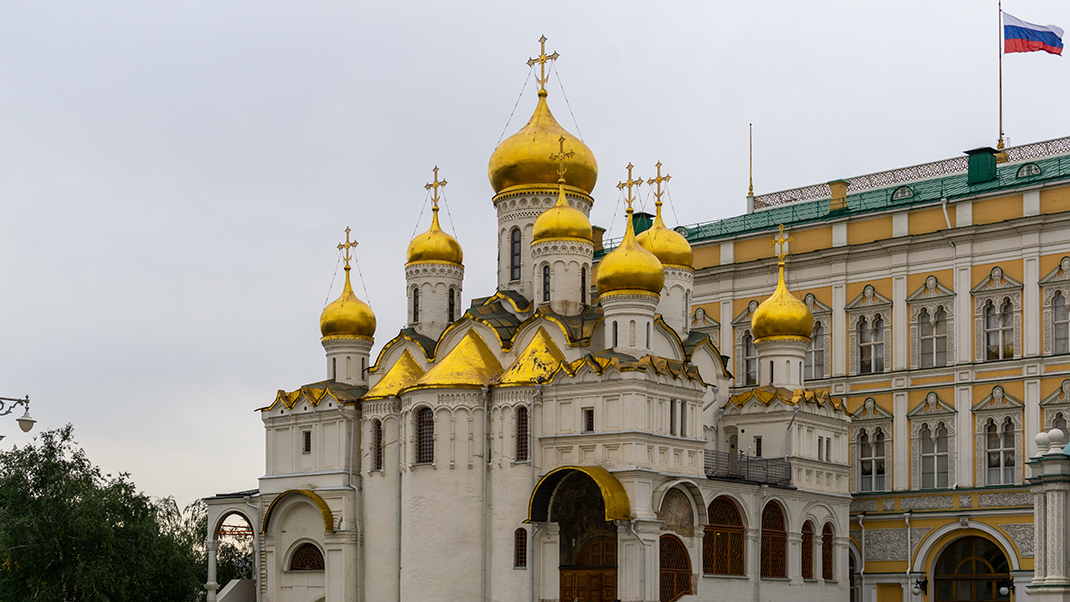


Over the centuries, many architectural monuments were built and later destroyed for various reasons within the Kremlin. Today, the "Architectural Ensemble of Cathedral Square" tour allows visitors to see the Kremlin Armoury, the Dormition, Annunciation, and Archangel Cathedrals, the Patriarch's Chambers, and the Church of the Deposition of the Robe. The Ivan the Great Bell Tower was closed on the day of my visit.
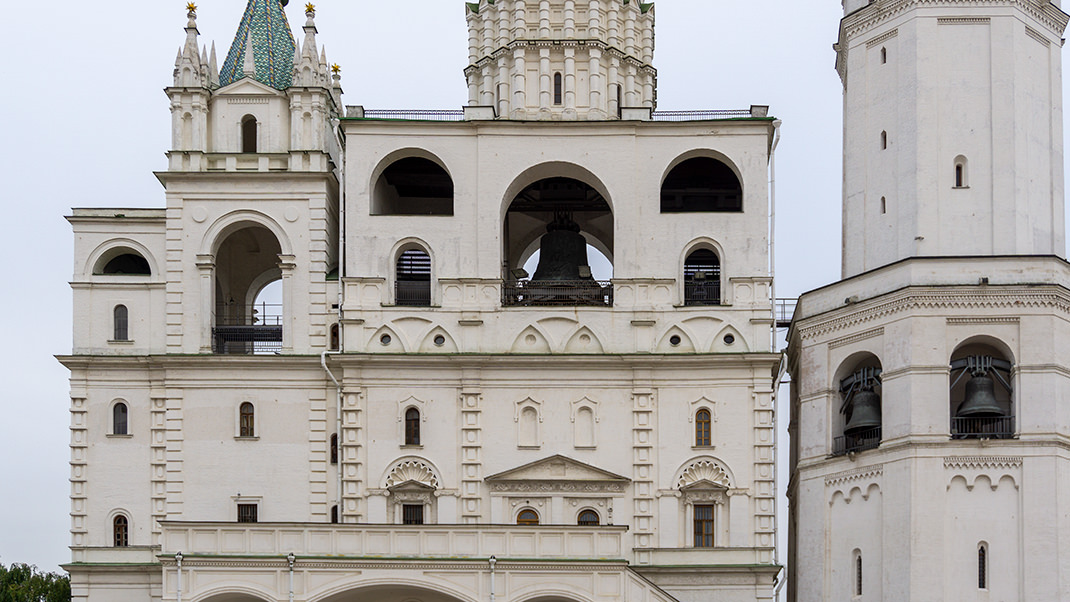
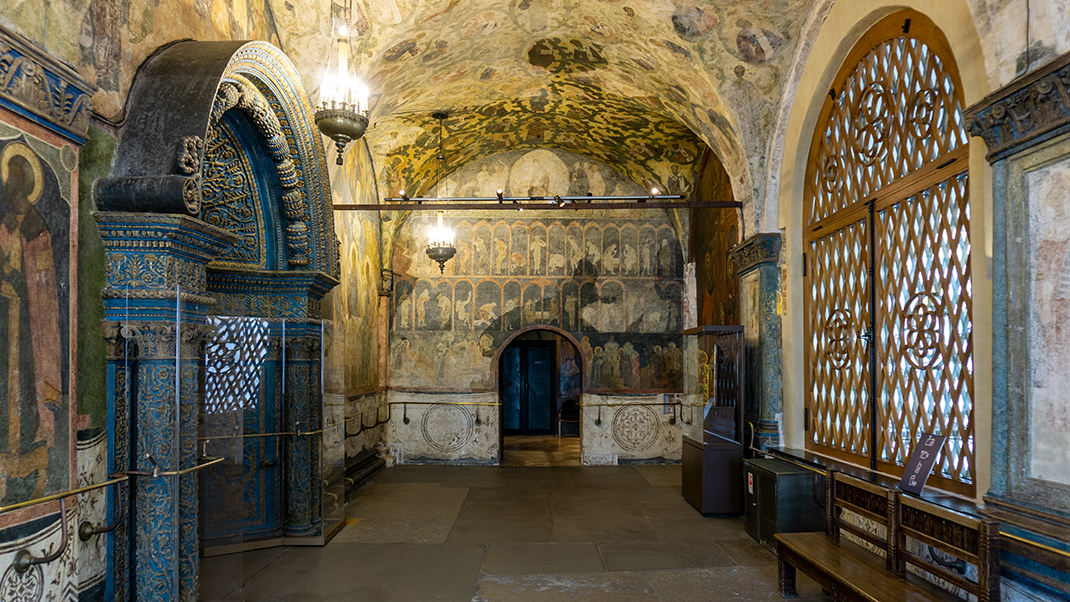
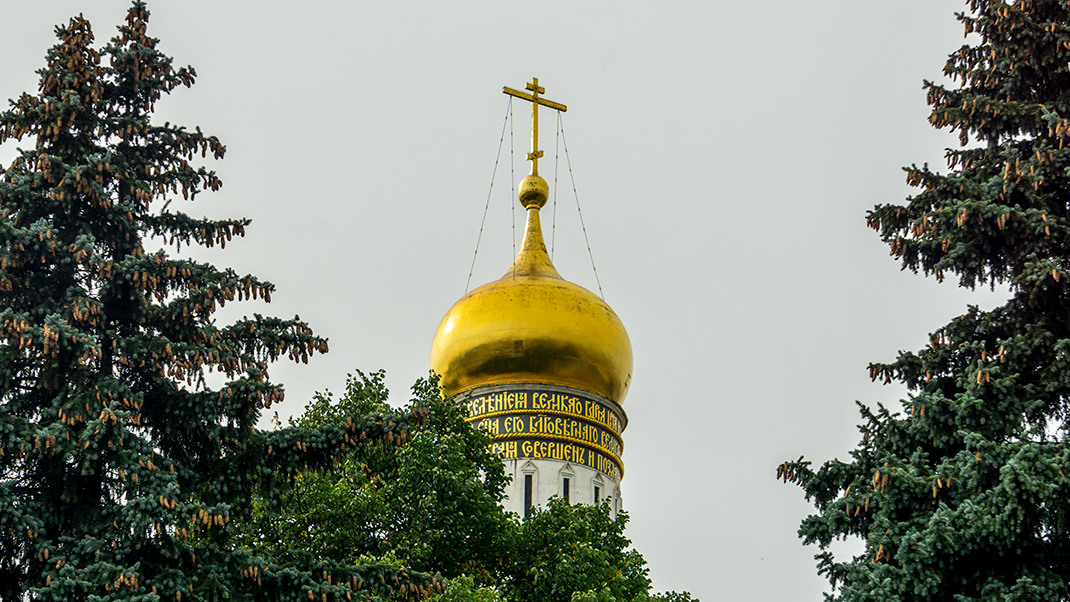
Special mention should be made of the Kremlin's notable attractions like the Tsar Cannon and the Tsar Bell. The Tsar Cannon, with the largest caliber in the world at 890 millimeters, was made in 1586 and weighs about 40 tons. In the 20th century, it was installed at the eastern facade of the Patriarch's Palace.
Near this enormous weapon is another giant exhibit, the Tsar Bell, considered the largest in the world. It was cast between 1733 and 1735, and its weight is five times that of the Tsar Cannon. Interestingly, a part that broke off during a fire, weighing over 11 tons, is displayed next to the bell.
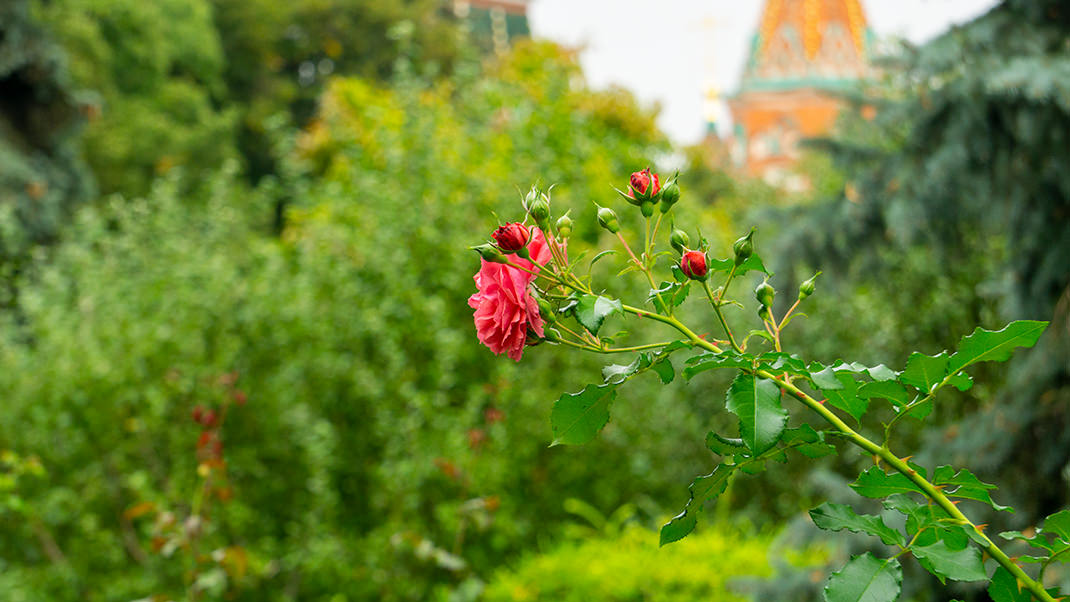
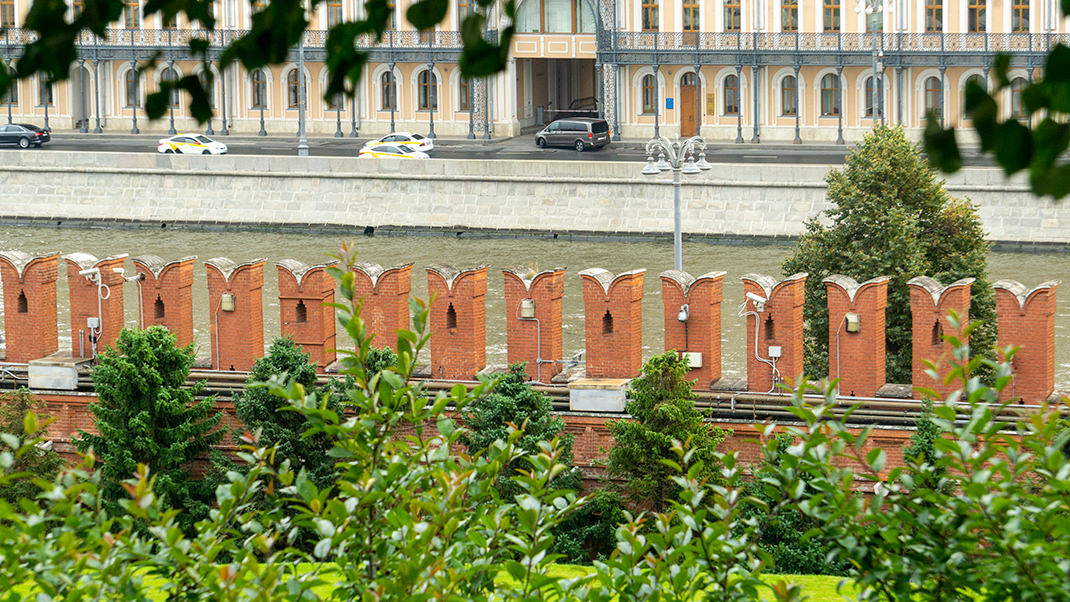
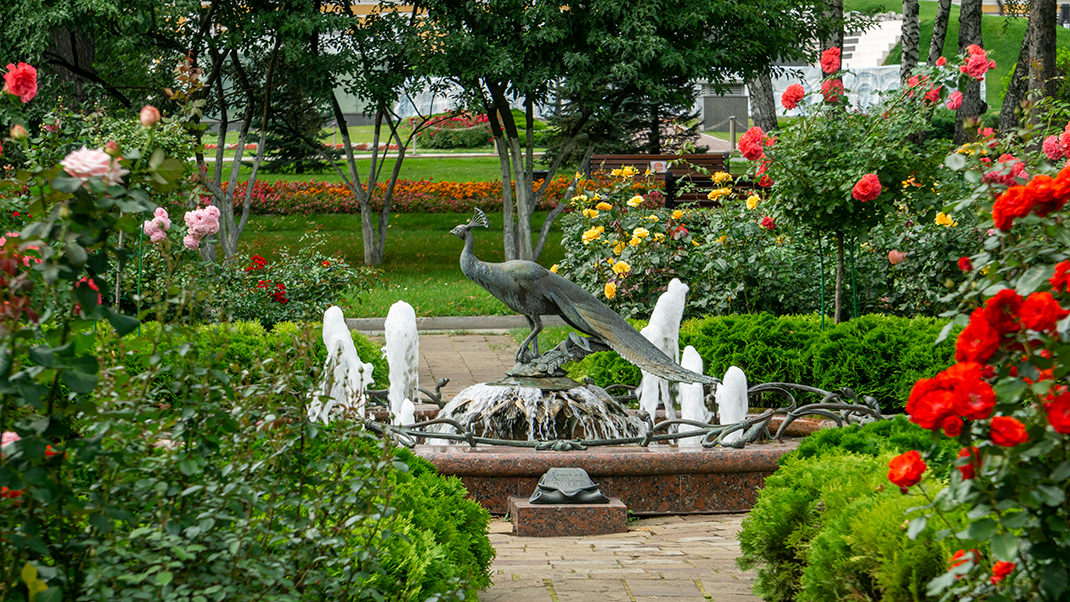
The next part of this article will cover the interior decor of the cathedrals I visited in the Kremlin.
In summary:
- One of the most famous landmarks in Moscow and Russia;
- Several tour programs and individual visit options;
- Located in the city center: a walk around the Kremlin can easily be combined with visits to other central attractions.


